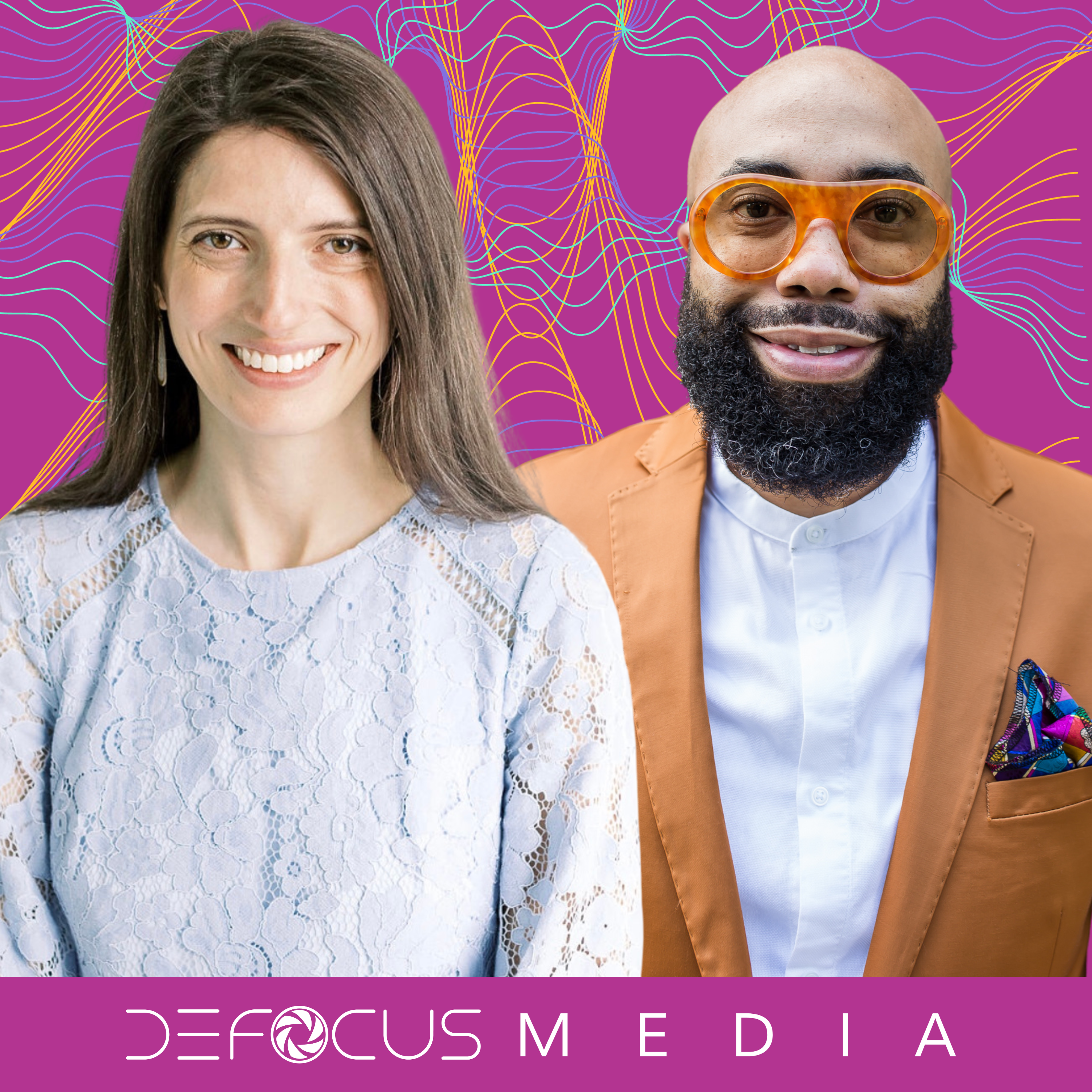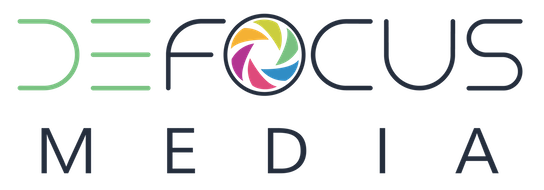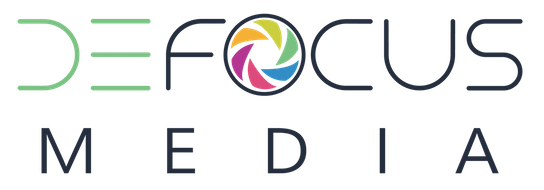
Defocus Media
Welcome to the Defocus Media Podcast, Optometry's #1 Podcast! We assist in providing eyecare professionals with the latest in optometric industry news, eyewear trends and discussions of the hottest topics in the eyecare profession. Join Drs. Darryl Glover and Jennifer Lyerly!
Subscribe to our Newsletter
We feature new leaders and innovators in the world of eyecare each week, inspiring young doctors to think outside of the confines of traditional optometry, explore new products and learn about new niche practice opportunities.












